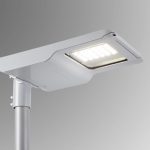Sleep Better with the Right Light: Discovering the Best Color for LED Lights

Sleep is one of the most important activities we do each day, and it is vital for our physical and mental wellbeing. However, many people struggle with getting enough high-quality sleep due to various reasons. One of the reasons that affect our sleep is the light we are exposed to, as it can affect our circadian rhythm, which is a crucial aspect of our sleep-wake cycle. In recent years, LED lights have gained popularity as they are energy-efficient and have a longer lifespan than traditional incandescent bulbs. However, not all LED lights are created equal, and the color of the light emitted can have a significant impact on our sleep quality. In this article, we will explore the best color for LED lights to help you sleep better and wake up feeling refreshed. When it comes to sleep, the color of the light we are exposed to plays a crucial role in regulating our sleep-wake cycle. Blue light, which is emitted by many electronic devices and LED lights, can suppress the production of melatonin, the hormone that regulates our sleep. This can lead to a delay in the onset of sleep and affect the overall quality of our sleep. However, not all LED lights emit blue light, and there are several other colors to choose from that can enhance our sleep quality. By understanding the impact of different colors of LED lights on our sleep, we can make an informed decision and choose the best color for LED lights that will help us sleep better and wake up feeling refreshed.
Quality sleep is crucial for overall health and well-being. It plays a vital role in restoring and repairing the body, improving memory and cognition, regulating mood, and enhancing immune function. When we sleep, our body produces hormones that help regulate appetite, blood sugar, and blood pressure. Poor quality sleep can lead to a variety of health problems, including obesity, diabetes, heart disease, and depression. Therefore, it is important to prioritize sleep and create a sleep-friendly environment to ensure a good night’s rest. Choosing the right light color for LED lights can contribute significantly to creating a relaxing environment that promotes quality sleep.
The impact of light on sleep quality is immense, as exposure to certain types of light can disrupt the circadian rhythm that regulates sleep-wake cycles. Blue light, commonly emitted by electronic devices and LED lights, is particularly disruptive as it suppresses the production of melatonin, a hormone that promotes sleep. Exposure to blue light before bedtime can lead to difficulty falling asleep and poor sleep quality overall. On the other hand, warmer-toned lights such as yellow or amber are less likely to disrupt the circadian rhythm and can actually promote relaxation and better sleep. Choosing the right color temperature of LED lights in the bedroom can be a simple yet effective way to improve sleep quality and overall wellbeing.
Understanding the Role of Light in Sleep
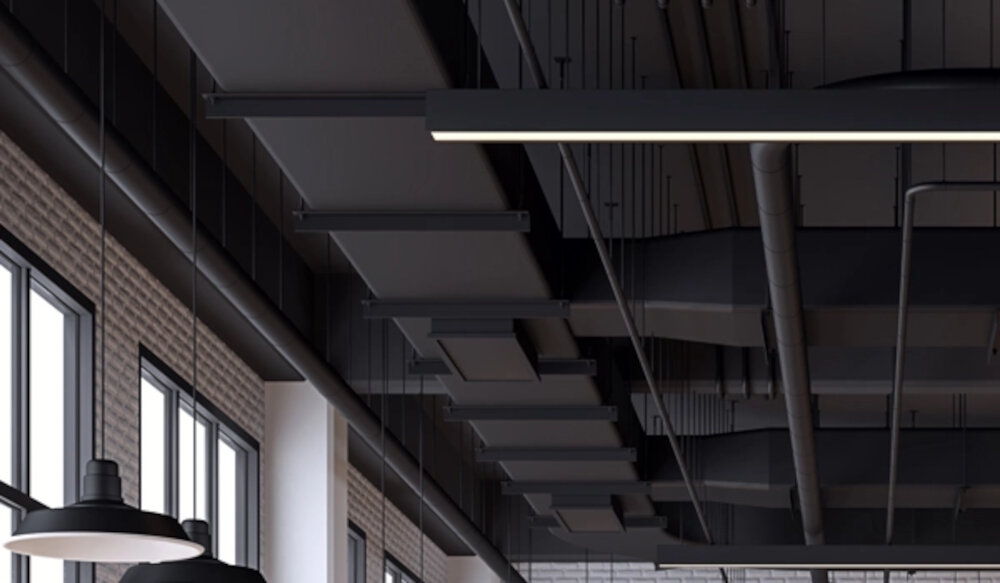
Light plays a crucial role in regulating our sleep-wake cycle. Our bodies have evolved to respond to natural light cycles, and exposure to light at the right times helps keep our bodies in sync with the natural world. The most significant factor that affects our sleep quality is the amount of light exposure we receive, and the color of light can also have an impact. Exposure to blue light, which is emitted by most electronic devices, can suppress the production of melatonin, a hormone that helps regulate sleep. This can make it harder to fall asleep and lead to disrupted sleep patterns. In contrast, exposure to warmer, reddish light can help promote relaxation and improve sleep quality. Understanding the role of light in sleep is essential to improve our sleep quality and overall well-being. The type and color of light we are exposed to can also have an impact on our mood and energy levels. Bright, cool-toned lighting can stimulate the brain and improve alertness, which is why it is commonly used in workplaces and schools. However, exposure to this type of light in the evening can interfere with our ability to wind down and fall asleep. On the other hand, warmer, reddish light can help promote relaxation and create a cozy, comfortable atmosphere. Understanding the role of light in sleep can help us make informed choices about the type of lighting we use in our homes and workplaces, and how we can adjust our exposure to light to improve our sleep quality and overall health.
The circadian rhythm refers to the natural 24-hour cycle of physical, mental, and behavioral changes that occur in living organisms, including humans. This rhythm is controlled by an internal biological clock that is influenced by external factors such as light and darkness. Exposure to light, particularly blue light, can suppress the production of melatonin, a hormone that plays a critical role in regulating sleep-wake cycles. As a result, exposure to blue light before bedtime can disrupt the circadian rhythm and make it difficult to fall asleep. To promote healthy sleep patterns, it is important to manage exposure to light, particularly in the evening hours, and use lighting solutions that mimic natural light patterns.
Light plays a crucial role in regulating the circadian rhythm, which is our body’s internal clock that regulates our sleep-wake cycle. Specifically, exposure to natural light during the day helps to keep our circadian rhythm in sync, while exposure to artificial light at night can disrupt it. This is because our bodies interpret light as a cue to either be awake or asleep. Blue light, in particular, has been found to be the most effective in regulating the circadian rhythm, as it mimics the natural light we experience during the day. Therefore, choosing the right color of LED lights can have a significant impact on our sleep quality and overall health.
Artificial light, especially blue light emitted by LED lights, can significantly impact the circadian rhythm, which regulates the sleep-wake cycle. Exposure to blue light at night can suppress the production of melatonin, the hormone responsible for inducing sleep, and disrupt the natural sleep pattern. This can lead to insomnia, daytime sleepiness, and other health issues. Furthermore, exposure to artificial light during the day can also affect the circadian rhythm and alter the body’s natural clock, leading to poor sleep quality and overall health. Therefore, it is crucial to choose the right color and intensity of LED lights to minimize the negative impact of artificial light on the circadian rhythm and improve sleep quality.
The Best Color for LED Lights
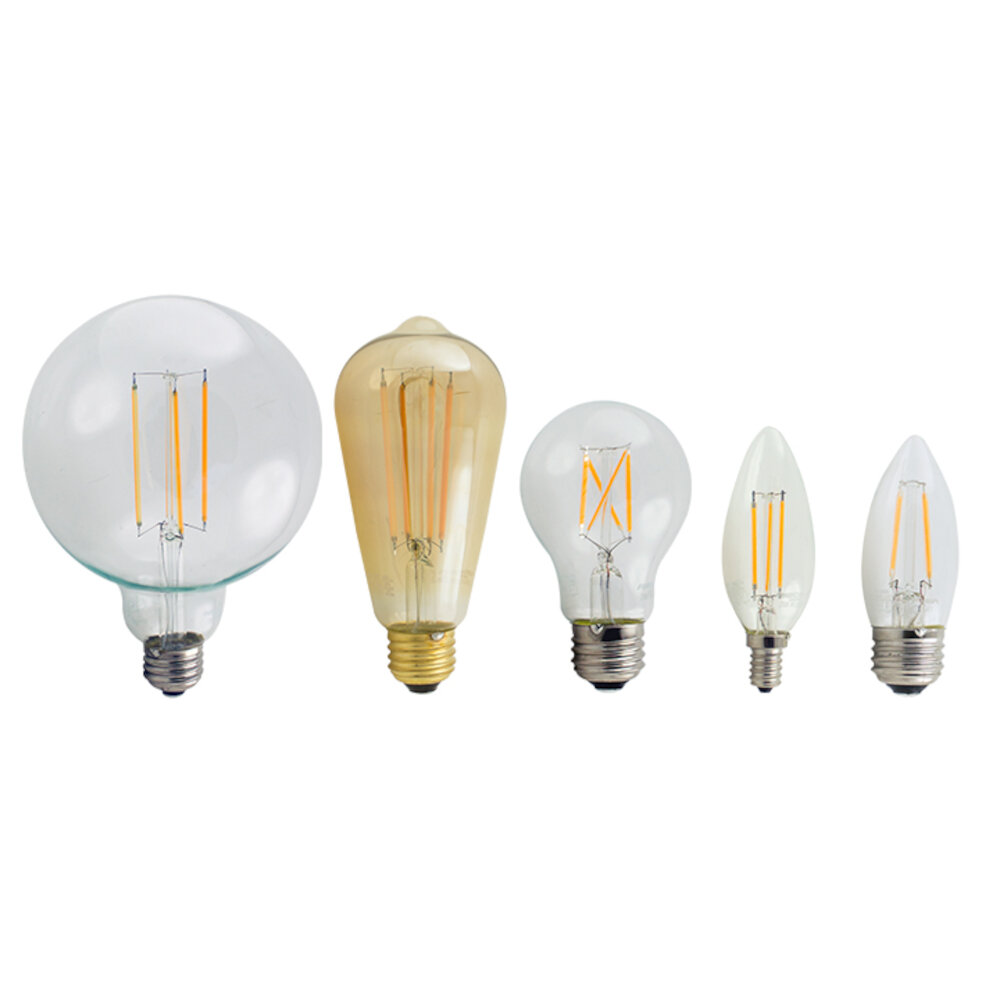
When it comes to choosing the best color for LED lights, it’s important to consider the impact it has on our sleep. Blue light, for instance, has been proven to disrupt our natural sleep-wake cycle by suppressing the production of melatonin, the hormone that regulates sleep. This means that exposure to blue light before bedtime can make it harder to fall asleep and can lead to sleep disturbances throughout the night. As such, it’s recommended to avoid blue light in the evening and instead opt for warmer, more soothing colors like yellow, orange, or red. These colors have a calming effect on the body, which can help promote relaxation and prepare us for a restful night’s sleep. In addition to promoting better sleep, the best color for LED lights can also help enhance our mood and productivity. For example, blue light has been shown to increase alertness and improve focus, making it a great option for workspaces or areas where we need to be productive. On the other hand, warmer colors like yellow and orange can have a more calming effect on the mind, making them ideal for areas where we want to relax and unwind. Ultimately, the best color for LED lights will depend on the specific needs and preferences of each individual, but by understanding the impact of different colors on our sleep and mood, we can make more informed choices when it comes to lighting our homes and workspaces.
LED lights come in a variety of colors, each with its own unique properties and effects on our bodies. Blue light, for example, is known to suppress melatonin production and can disrupt our natural sleep patterns. On the other hand, warmer colors like yellow, orange, and red have a calming effect and can promote relaxation and restful sleep. Green LED lights are often used in therapy for their soothing and calming properties, while purple LEDs are associated with creativity and inspiration. The color of LED lights can have a significant impact on our mood, productivity, and overall well-being, making it important to choose the right color for different environments and activities.
The impact of LED light colors on sleep quality is significant. Studies have found that blue light, which is commonly emitted by electronic devices and LED lights, disrupts the body’s natural production of melatonin, a hormone that regulates sleep. Exposure to blue light before bedtime can interfere with falling asleep and lead to poor sleep quality. On the other hand, warmer colors such as yellow, orange, and red have been shown to promote relaxation and improve sleep quality. These colors have a longer wavelength and are less likely to disrupt the body’s natural sleep-wake cycle. Therefore, choosing the right color of LED lights can have a positive impact on sleep quality and overall health.
Choosing the right color of LED lights can have a significant impact on the quality of your sleep. When it comes to promoting relaxation and restfulness, the best color for LED lights is definitely a warm white or yellowish hue. These colors are known to have calming effects on the mind and body, helping to reduce stress and anxiety levels. In contrast, cooler colors like blue and green may disrupt the body’s natural production of melatonin, a hormone that regulates sleep-wake cycles. Therefore, if you want to optimize your sleep environment, it’s best to stick to warm, soft tones that create a cozy and relaxing atmosphere in your bedroom.
Tips for Using LED Lights for Better Sleep
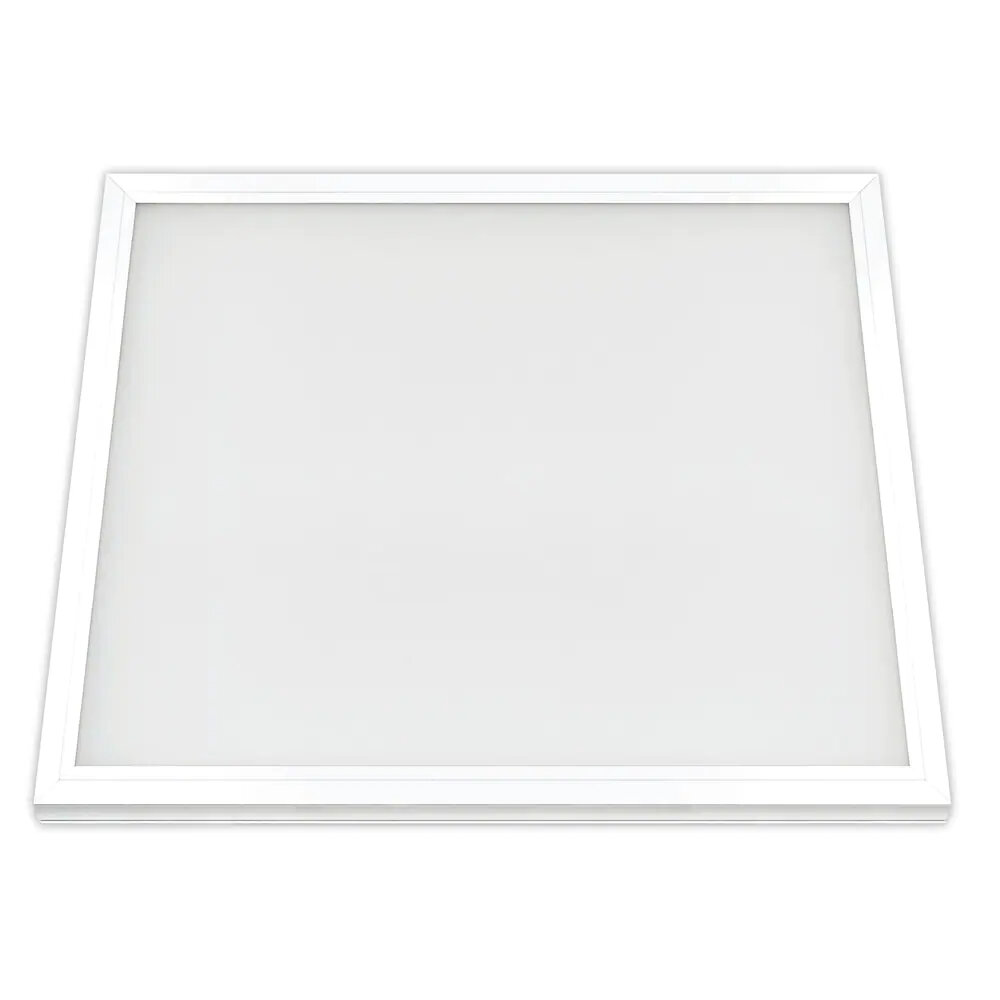
LED lights have become more popular in recent years due to their energy-saving properties and long lifespan. However, did you know that LED lights can also improve your sleep quality? Here are some tips for using LED lights to enhance your sleep:Firstly, choose the right color temperature. LED lights come in a range of color temperatures, measured in Kelvin (K). For better sleep, opt for bulbs with a lower color temperature between 2,700K to 3,000K. This warm, yellowish light mimics the natural sunset and can help your body wind down for sleep. Avoid cool, blueish lights with a higher color temperature, as they can disrupt your body’s natural circadian rhythm and make it harder to fall asleep. Secondly, consider using dimmable LED lights. Bright lights can also interfere with your sleep, so it’s best to keep the lights dim in the evening to signal to your body that it’s time to rest. Dimmable LED lights allow you to adjust the brightness to suit your needs, whether you’re reading a book or winding down for sleep. You can also program your LED lights to gradually dim over time, simulating a natural sunset and helping you fall asleep more easily. By following these tips, you can use LED lights to promote better sleep and wake up feeling refreshed and energized.
LED lights can be used to improve sleep quality by selecting the right color temperature. Blue-tinted lights should be avoided at night as they interfere with the production of melatonin, a hormone that regulates sleep. Instead, warm white or amber-colored lights can be used to promote relaxation and calmness. Additionally, dimming the lights or using a red-tinted night light can also help to stimulate melatonin production and improve sleep quality. It is important to avoid bright, stimulating lights before bedtime and create a soothing, comfortable environment that promotes restful sleep. By selecting the appropriate LED lights, individuals can enhance their sleep quality and wake up feeling refreshed and energized.
When it comes to using LED lights in the bedroom, there are a few tips to keep in mind. First, choose warm white or soft yellow LED lights, as they promote relaxation and a sense of calm. Avoid blue or cool white LED lights, as they can disrupt your circadian rhythm and make it harder to fall asleep. Additionally, consider using dimmer switches or smart bulbs that can be controlled with your phone or voice commands to adjust the brightness and color temperature of your lights as needed. Finally, position your LED lights strategically, such as placing them behind your headboard or in corners, to create a cozy and inviting atmosphere that promotes restful sleep. By following these tips, you can make the most of LED lights in your bedroom and enjoy a better night’s sleep.
To avoid LED light-related sleep disturbances, it is important to choose the right color temperature for your LED lights. Blue light has been shown to disrupt the natural sleep cycle by suppressing the production of melatonin, a hormone that helps regulate sleep. Therefore, it is recommended to choose warm white or soft white LED lights with a color temperature of 2700K to 3000K for use in the bedroom. Additionally, it is important to avoid using electronic devices, such as smartphones or tablets, before bedtime as they emit blue light and can also disrupt the sleep cycle. By selecting the appropriate color temperature for your LED lights and limiting exposure to blue light before bed, you can improve your sleep quality and wake up feeling more rested and refreshed.
Other Factors Affecting Sleep Quality
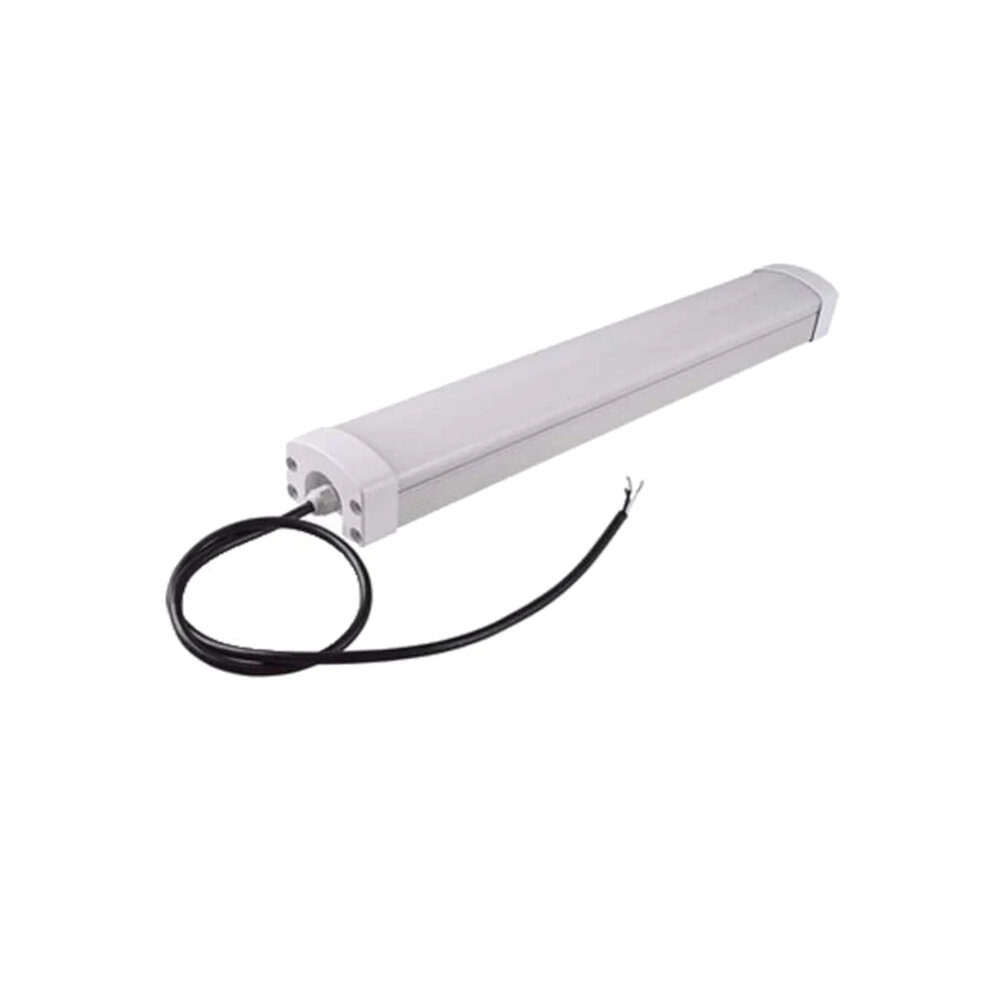
Apart from the color of light, several other factors can affect sleep quality. Noise is one of the most common factors that can disrupt sleep. Whether it’s the sound of traffic or a snoring partner, noise can cause sleep disturbances and make it difficult to fall asleep or stay asleep. To minimize the impact of noise on sleep, it’s important to create a quiet environment. This can be achieved by using earplugs, soundproof curtains, or white noise machines. White noise machines emit a constant, low-level sound that can help mask other noises and promote better sleep. Temperature is another factor that can affect sleep quality. When the temperature is too hot or too cold, it can make it difficult to fall asleep or stay asleep. The ideal temperature for sleep is around 65 degrees Fahrenheit (18 degrees Celsius). To achieve this temperature, it may be necessary to adjust the thermostat, use a fan or air conditioning, or add or remove blankets. Keeping the bedroom cool and comfortable can help promote better sleep and ensure that you wake up feeling rested and refreshed.
Apart from the color of LED lights, there are various other factors that can impact sleep quality. The temperature of the room, noise levels, and overall comfort of the sleeping environment can all play a role in how well you sleep. It’s important to create a comfortable and calming atmosphere in your bedroom, starting with a comfortable mattress and pillows. Additionally, noise-cancelling curtains or white noise machines can help reduce outside noises that might disrupt your sleep. Finally, maintaining a consistent sleep schedule and limiting screen time before bed can also improve the quality of your sleep. By paying attention to all these factors, you can create an ideal sleeping environment and ensure you get the restful and rejuvenating sleep your body needs.
The relationship between light and other factors affecting sleep quality is complex and multifaceted. Light exposure affects the body’s circadian rhythm, which regulates sleep-wake cycles. The blue light emitted by electronic devices can disrupt this rhythm and make it harder to fall asleep. On the other hand, exposure to natural light during the day can help regulate the circadian rhythm and improve sleep quality. Additionally, the color temperature of light can affect melatonin production, a hormone that helps regulate sleep. A warm, amber light can promote relaxation and help prepare the body for sleep, while a cooler, blue light can be stimulating and disrupt sleep. By understanding the impact of light on sleep quality and choosing the appropriate color temperature for LED lights, individuals can improve their sleep and overall health.
Improving sleep quality is not only about choosing the right lighting color, but also addressing other factors that affect your sleep. One important aspect is setting a regular sleep schedule and sticking to it, as it helps regulate your body’s internal clock. Additionally, creating a relaxing bedtime routine, such as taking a warm bath or reading a book, can help you unwind and prepare for sleep. Avoiding caffeine and heavy meals before bedtime is also recommended, as they can disrupt your sleep cycle. Finally, creating a comfortable sleep environment with a supportive mattress, comfortable pillows, and a cool room temperature can promote better sleep. By addressing these various factors, in addition to choosing the right lighting color, you can significantly improve your sleep quality and wake up feeling refreshed and energized.
Getting quality sleep is essential for overall human health and well-being. Poor sleep can lead to a range of health problems, including impaired cognitive function, increased risk of depression, obesity, and diabetes, and even a weakened immune system. It is important to ensure that you get enough sleep each night, but also that the sleep you get is of high quality. This means making sure that the conditions in your bedroom are conducive to sleep, including the lighting. By choosing the right color for LED lights in your bedroom, you can create an environment that is calming and relaxing, helping you to fall asleep faster and stay asleep longer. This can improve the quality of your sleep, leaving you feeling more rested and refreshed in the morning.
Light plays a crucial role in regulating our sleep cycles, and understanding the impact of light on sleep quality is essential for achieving restful and rejuvenating sleep. Exposure to bright light during the day improves alertness and mood, while exposure to blue light in the evening can delay the onset of sleep and disrupt circadian rhythms. On the other hand, warm-toned light, such as amber or orange, can promote relaxation and increase melatonin production, leading to better sleep quality. Choosing the right color and intensity of LED lights can make a significant difference in creating a sleep-friendly environment and improving our overall well-being.
In conclusion, the best color for LED lights to promote better sleep quality is a soft, warm amber or red hue. This color creates a relaxing and calming atmosphere that helps the body unwind and prepare for rest. However, it’s important to note that the brightness and intensity of the light also play a crucial role in promoting healthy sleep patterns. It’s recommended to use dimmer switches or lower wattage bulbs to avoid overstimulating the brain and disrupting the natural sleep cycle. Additionally, avoiding exposure to blue light, especially before bedtime, is crucial in regulating the body’s natural circadian rhythm. By following these tips and incorporating the right color temperature into your lighting choices, you can create a more restful and rejuvenating sleep environment.
Conclusion
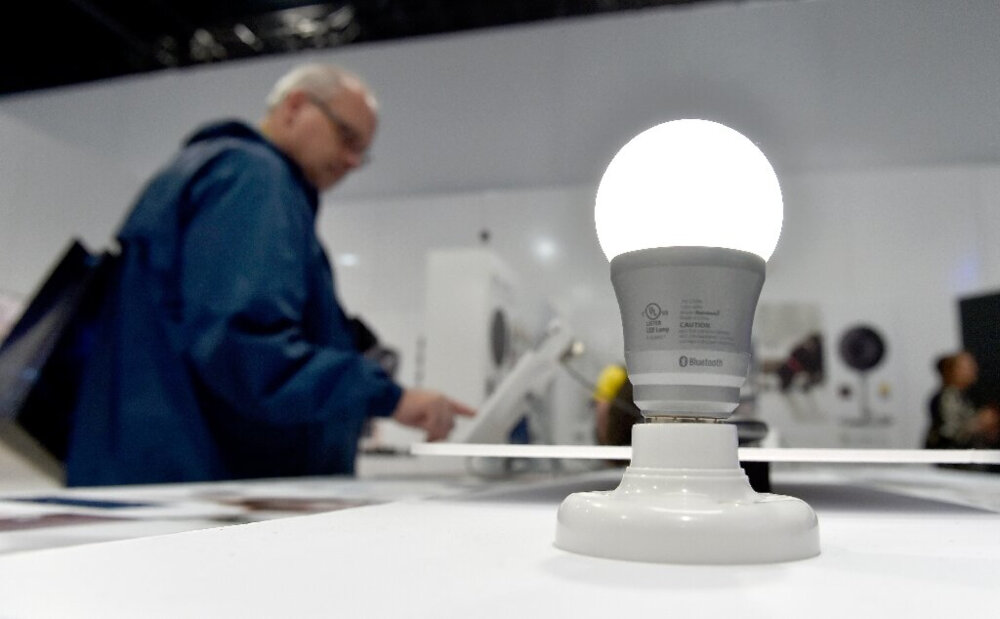
In conclusion, the color of LED lights can have a significant impact on our quality of sleep. Through research and experimentation, it has been discovered that blue light, which is commonly emitted by electronic devices and bright white LED lights, can disrupt our circadian rhythm and make it difficult to fall asleep. On the other hand, warmer colors such as orange, yellow, and red can have a calming effect on the brain and promote better sleep. When choosing LED lights for your home, it is important to consider the color temperature and opt for warmer hues in bedrooms and other areas where you want to relax and unwind. By making a conscious effort to use the right color of light, we can improve the quality of our sleep and enjoy the many benefits that come with a good night’s rest.




